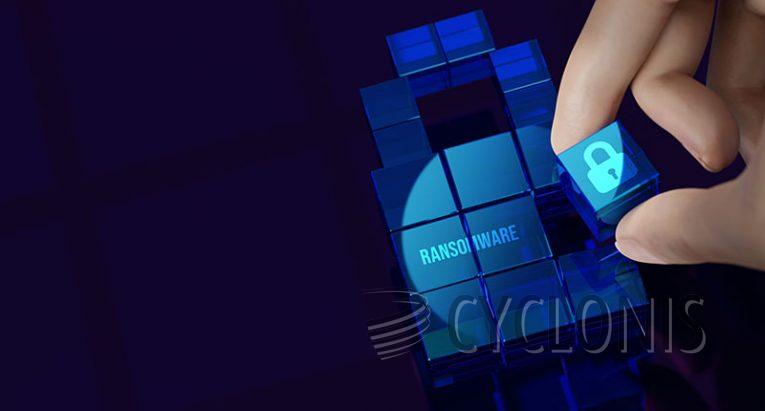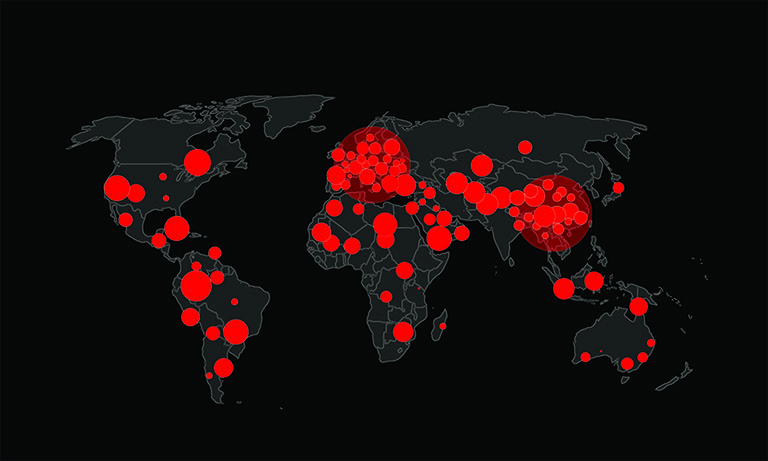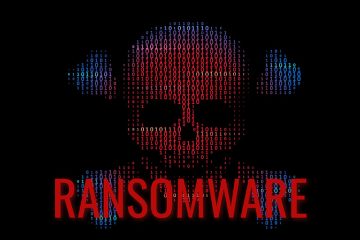Labour Ransomware: Another Threat with Old Tactics

Table of Contents
What Is Labour Ransomware
Labour Ransomware is malicious software designed to encrypt files on a victim's computer and append the ".labour" extension to filenames. For example, "picture.png" becomes "picture.png.labour" and so on. In addition to encrypting files, Labour ransomware also leaves behind a ransom note titled "README.txt."
The ransom note serves as the primary communication between the attackers and the victims. It informs the victim that all their files have been encrypted and provides instructions for recovery. Victims are directed to email the attacker at bfe1234@yahoo.com, providing a unique ID and a private IP address. The note also threatens that important files will be leaked on deep web forums if the ransom is not paid promptly.
The Ransom Note and Its Implications
The ransom note left by Labour Ransomware is not just a demand for money but a psychological weapon. By asserting that a copy of important files has been sent to the attacker, it increases the pressure on the victim to comply. The fear of sensitive data being exposed on the deep web adds another layer of urgency to the ransom demand. This tactic aims to coerce victims into making hasty decisions, often leading to the ransom payment.
However, paying the ransom is highly discouraged. Even after payment is made, the attackers may not provide the necessary decryption tools. Additionally, complying with ransom demands encourages further criminal activity. Instead, victims are advised to seek alternative solutions, such as data backups or free decryption tools, if available.
Here's the ransom note in full:
Hello, all of your files have been encrypted.
don't worry you can recover everything, just contact me from the following maill
bfe1234@yahoo.com
you will have to send me your id (-) and your private ip (10.0.1.6).a copy of your important files has been sent to me and if you take a long time to pay
feel free that I will leak data and intimate files on deep web forums.the following list of files have been successfully encrypted:
[individual list]
What Ransomware Programs Do
Ransomware, in general, is a type of malware designed to extort money from victims by encrypting their files and demanding payment for decryption tools. This cyberattack is particularly insidious because it directly targets the accessibility of a victim's data. Without the decryption tools, victims often find themselves unable to recover their files, leading to significant personal or organizational losses.
Maintaining regular data backups is crucial to mitigate the risk of ransomware attacks. These backups should be stored on remote servers or unplugged storage devices to prevent them from being affected by the ransomware. In the event of an attack, having backups can allow victims to restore their data without having to pay the ransom.
Methods of Distribution
Cybercriminals utilize various methods to distribute ransomware. One common approach is through email, where attackers send malicious files or links to unsuspecting users. The ransomware is activated once the user interacts with these files or links and begins its destructive process. Additionally, vulnerabilities in outdated operating systems or software can be exploited to deliver ransomware.
Other distribution methods include technical support scams, pirated software, cracking tools, and key generators. Cybercriminals also use P2P networks, third-party downloaders, free file hosting sites, malicious advertisements, compromised websites, and infected USB drives to spread ransomware. Essentially, any action that leads to the execution of ransomware on a computer can result in an infection.
Prevention and Best Practices
Users should be vigilant about their online activities to protect against ransomware. They should avoid opening attachments or clicking on links in unsolicited or irrelevant emails, especially from unknown or suspicious senders. They should also avoid installing pirated software or using cracking tools, as these are common vectors for ransomware.
Downloading files and programs only from official websites or app stores is a critical preventive measure. Users can reduce the risk of inadvertently installing malicious software by avoiding unofficial sources. Regularly updating operating systems and software can also close security vulnerabilities that ransomware might exploit.
Final Thoughts
Labour Ransomware represents a growing threat in the cyber landscape, employing classic ransomware tactics with a few added twists. Its ability to encrypt files and the subsequent demand for ransom highlights the importance of robust cybersecurity practices. By understanding the nature of ransomware and implementing preventive measures, individuals and organizations can better protect themselves against such malicious attacks.
In a world where digital data is increasingly valuable, safeguarding it from threats like Labour ransomware is more critical than ever. Regular backups, cautious online behavior, and up-to-date security measures are key components in the fight against ransomware.








